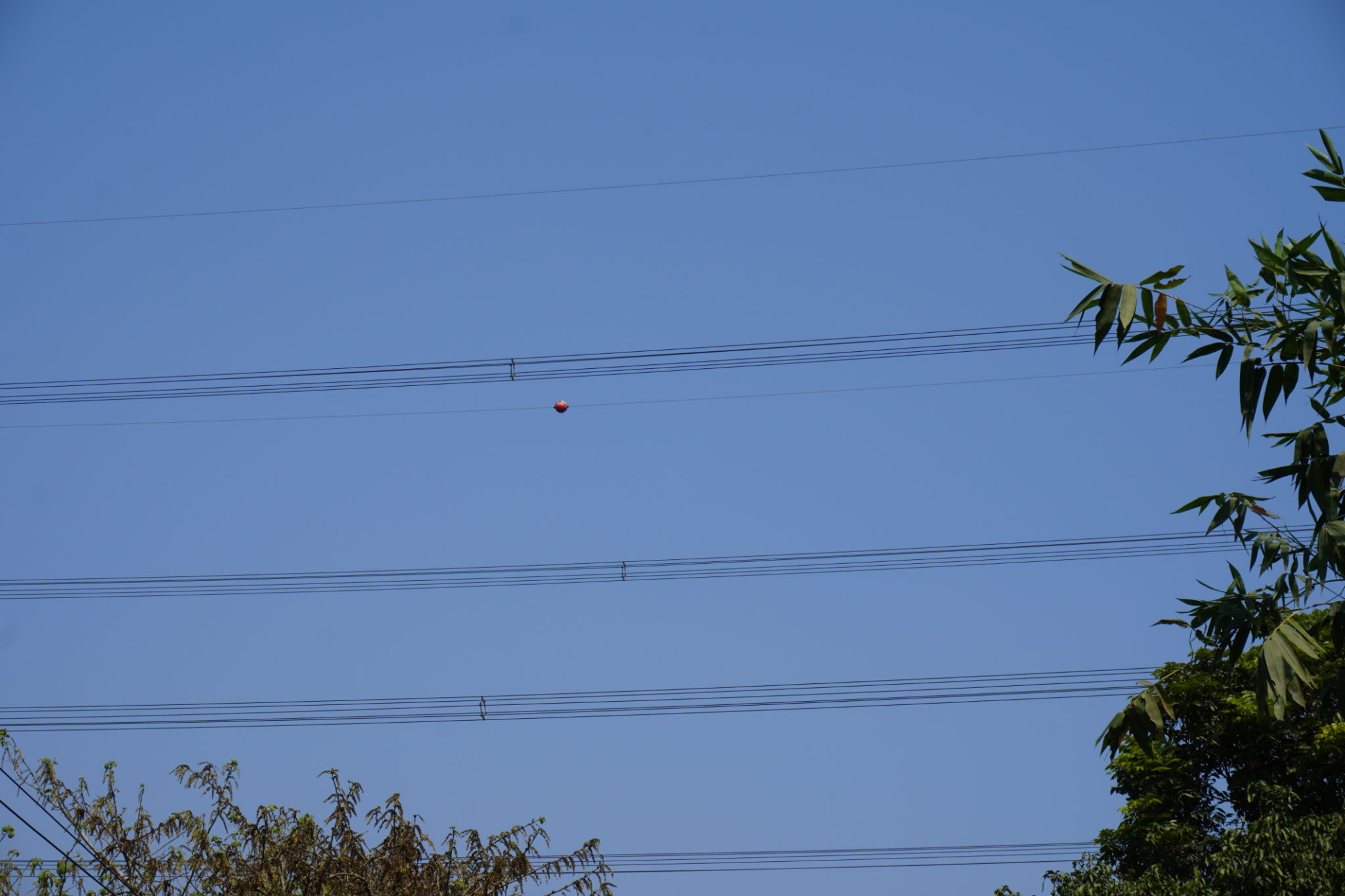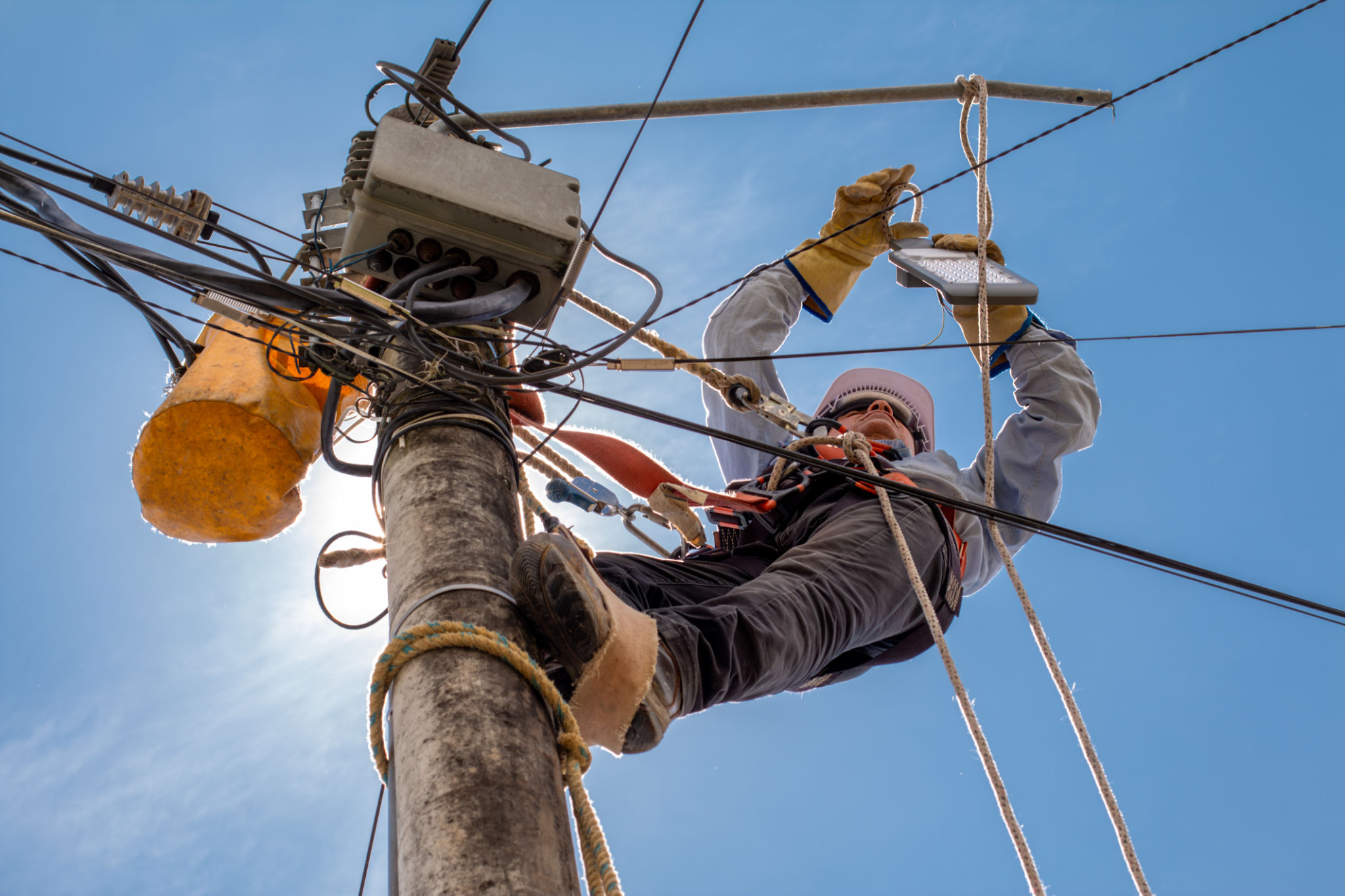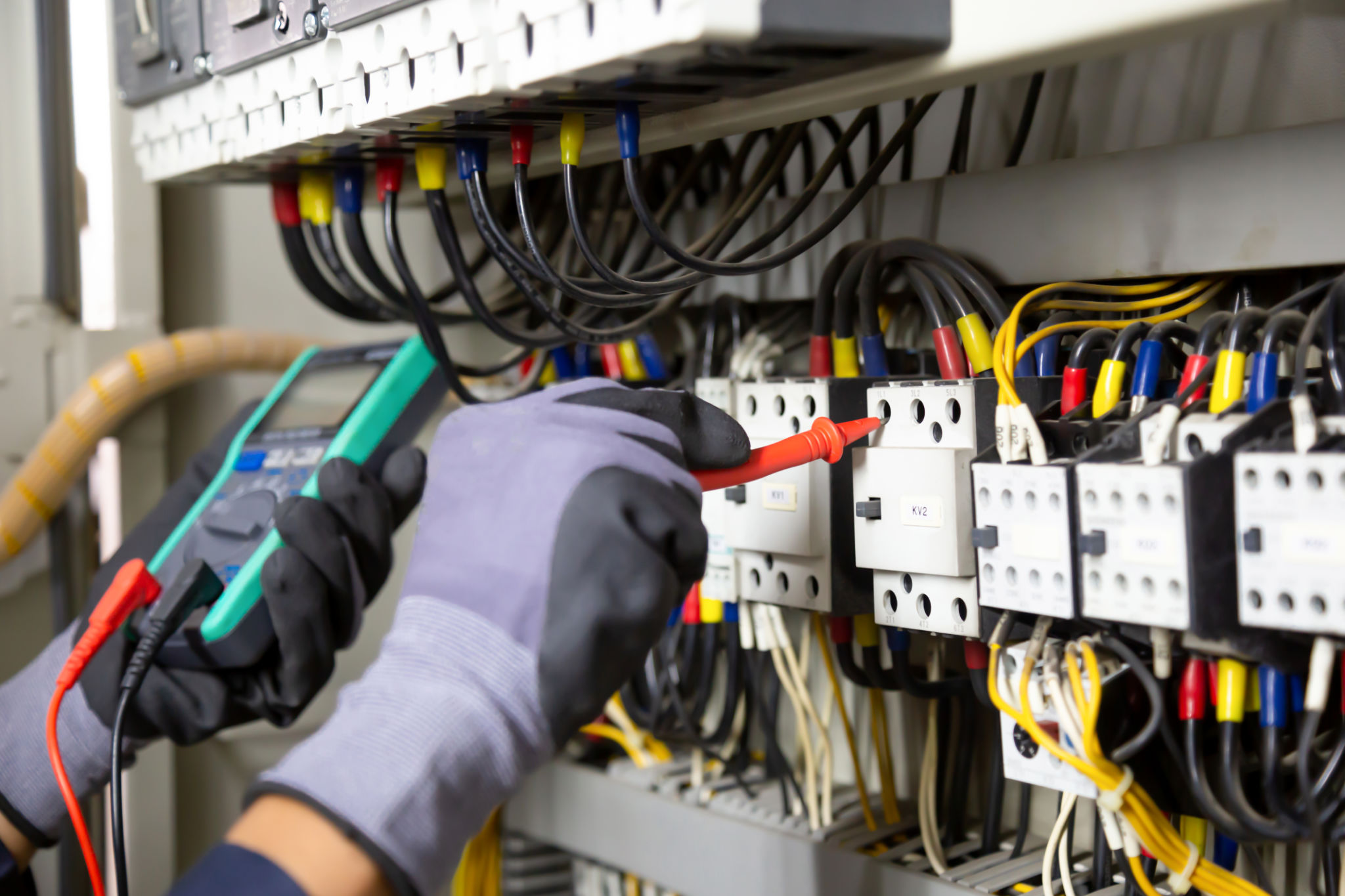The Ultimate Guide to Flight Diverter Installation Services
Understanding Flight Diverters
Flight diverters are crucial tools used to prevent bird collisions with man-made structures such as power lines, wind turbines, and communication towers. These devices are designed to enhance visibility, allowing birds to detect obstacles from a distance and alter their flight path accordingly. The installation of flight diverters is a proactive measure to protect avian species and minimize the risk of power disruptions caused by bird strikes.

Why Install Flight Diverters?
The installation of flight diverters offers numerous benefits. Firstly, they play a significant role in wildlife conservation by reducing avian mortality rates. Secondly, they help in maintaining the reliability of power systems by minimizing outages caused by bird collisions. Lastly, they demonstrate a commitment to environmental responsibility and compliance with wildlife protection regulations.
Types of Flight Diverters
There are various types of flight diverters available, each designed for specific applications and environments. Some common types include:
- Spiral diverters: These are coiled devices that wrap around wires, creating a visual deterrent for birds.
- Swinging rod diverters: These devices use movement to catch the attention of birds, effectively warning them of obstacles.
- Reflective diverters: Utilizing reflective materials, these diverters create flashes of light that alert birds to potential dangers.

Choosing the Right Diverter
Selecting the appropriate flight diverter depends on several factors, including the type of structure, local bird species, and environmental conditions. Consulting with experts in avian behavior and ecology can provide valuable insights into choosing the most effective solution for your specific needs.
Installation Process
The installation of flight diverters requires careful planning and execution to ensure optimal effectiveness. Here is a general outline of the process:
- Site assessment: Evaluate the area to identify high-risk zones where bird collisions are most likely to occur.
- Diverter selection: Choose suitable diverters based on the assessment and expert recommendations.
- Installation: Properly install the diverters on identified structures, ensuring they are visible and securely attached.
- Monitoring and maintenance: Regularly inspect the diverters for damage or wear and replace them as needed.

Professional Installation Services
For optimal results, it is advisable to hire professional installation services. These experts have the necessary experience and equipment to ensure that flight diverters are installed correctly and efficiently. They also provide valuable guidance on maintenance and monitoring practices to maximize the benefits of your investment.
Conclusion
The installation of flight diverters is a vital step in protecting bird populations and maintaining infrastructure integrity. By understanding the different types of diverters and following best practices for installation, you can significantly reduce the risk of avian collisions. Invest in professional services to ensure that your efforts yield the desired outcomes, contributing to a safer environment for both birds and humans.